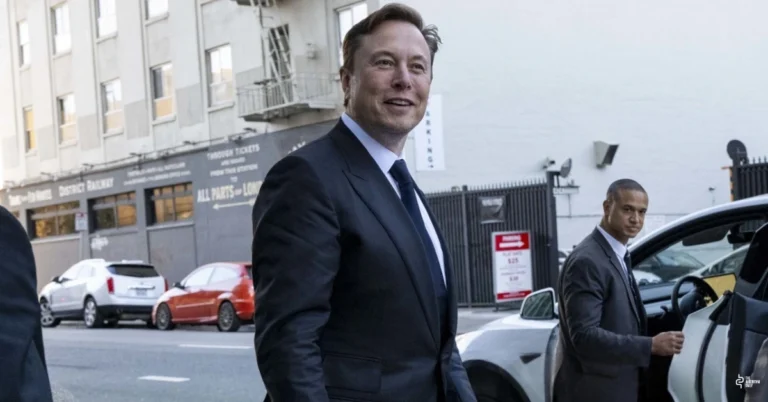OpenAI is reportedly negotiating to acquire Windsurf, the company behind a popular AI coding assistant, for $3 billion, according to Bloomberg.
If the deal goes through, it would position OpenAI to directly compete with other players in the AI coding assistant market, such as Anysphere, the developer of the Cursor tool. OpenAI has already invested in Anysphere through its Startup Fund, raising questions about how this acquisition might affect the relationship between the companies.
The potential acquisition could create tension within the OpenAI Startup Fund. Since OpenAI is one of the biggest investors in Cursor, this move could undermine the credibility of the fund and raise concerns about conflicts of interest. It remains unclear whether OpenAI has discussed a possible acquisition with Cursor, which would add another layer of complexity to the situation.
In addition to the acquisition news, there have been hints that something significant is underway between OpenAI and Windsurf. Recently, Windsurf users received an email offering them the option to lock in access to the coding editor for $10 per month, citing an upcoming announcement later this week.
SOURCE: TechCrunch
Furthermore, OpenAI’s Chief Product Officer, Kevin Weil, released a video highlighting Windsurf’s impressive capabilities, further fueling speculation about the potential deal.
Windsurf, previously known as Codeium, has been in talks to raise new funds at a valuation of $2.85 billion. Despite generating approximately $40 million in annual recurring revenue (ARR), Windsurf’s earnings still fall behind those of Cursor, which is reported to have an ARR of $200 million. Cursor is also reportedly in talks to raise funds at a valuation of $10 billion.
Founded in 2021 by Varun Mohan and Douglas Chen, Windsurf has raised a total of $243 million from investors, including Greenoaks Capital and General Catalyst. As the AI coding assistant market grows, the potential acquisition of Windsurf by OpenAI may signal a shift in the competitive landscape, with significant implications for both companies and their investors.
📲 Get the latest Tech & Startup News on our WhatsApp Channel
👉 Join Now



